Working with a Unilock Authorized Contractor for your project means working with the best of the best.
PROMENADE ECOTERRA™
PROMENADE ECOTERRA™
The sleek, linear appearance of Promenade manufactured with a 100% cement-free face-mix, made possible by innovative EcoTerra technology. Promenade EcoTerra delivers exceptional compressive strength, minimal absorption, and impressive color retention. Plus, it boasts a remarkable sustainability factor by reducing embodied carbon up to 15%. This aesthetically pleasing paver is also free of efflorescence, making it a highly sustainable choice for patio and driveway applications.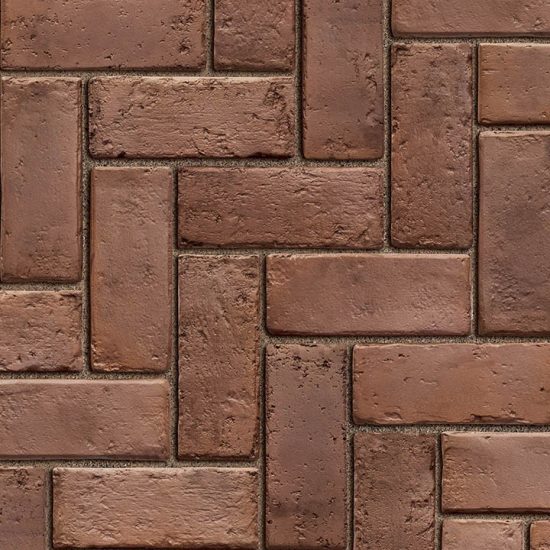
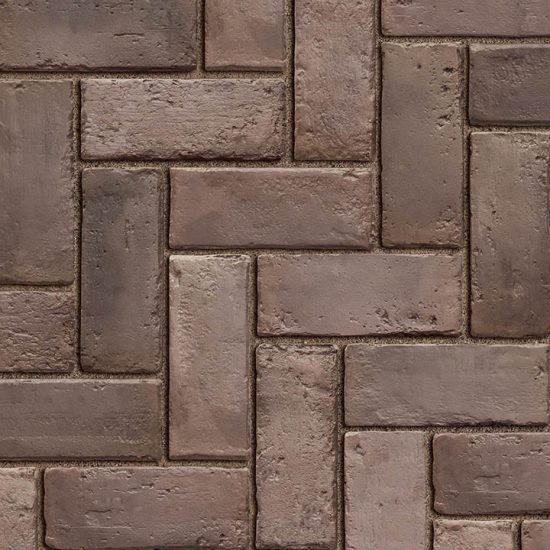
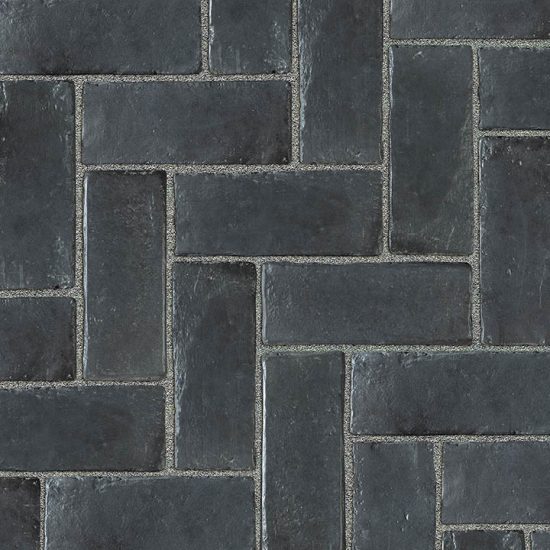
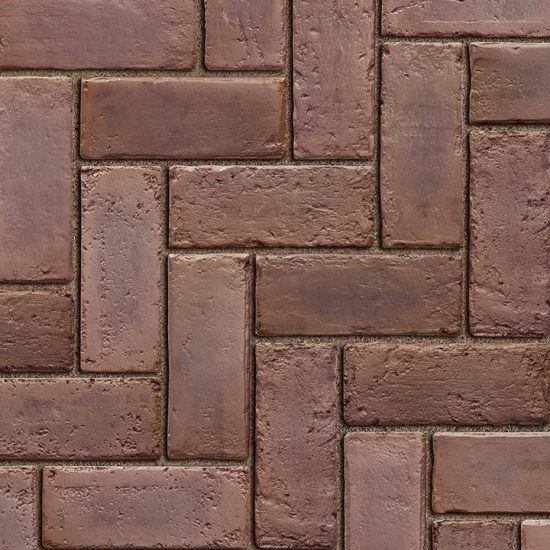
Shape and size

100mm x 250mm x 70mm
3 7/8" x 9 7/8" x 2 3/4"

100mm x 250mm x 70mm
3 7/8" x 9 7/8" x 2 3/4"

100mm x 250mm x 70mm
3 7/8" x 9 7/8" x 2 3/4"

100mm x 250mm x 70mm
3 7/8" x 9 7/8" x 2 3/4"

100mm x 250mm x 70mm
3 7/8" x 9 7/8" x 2 3/4"

100mm x 250mm x 70mm
3 7/8" x 9 7/8" x 2 3/4"

100mm x 250mm x 70mm
3 7/8" x 9 7/8" x 2 3/4"

100mm x 250mm x 70mm
3 7/8" x 9 7/8" x 2 3/4"

100mm x 250mm x 70mm
3 7/8" x 9 7/8" x 2 3/4"

100mm x 250mm x 70mm
3 7/8" x 9 7/8" x 2 3/4"

100mm x 250mm x 70mm
3 7/8" x 9 7/8" x 2 3/4"

100mm x 250mm x 70mm
3 7/8" x 9 7/8" x 2 3/4"


The refined surface of Unilock EnduraColor products is achieved with a two step manufacturing process that combines a base of coarser aggregates for a stronger foundation, with concentrated color and wear-resistant finer aggregates on top. This process protects the surface from the appearance of fading over time because the top layer prevents large, lighter color aggregates from ever showing through.

EcoTerra technology unleashes a new, greener era in hardscaping. Featuring a 100% cement-free face-mix layer, EcoTerra products offer high compressive strength, low absorption rates, and remarkable colorfastness, while reducing embodied carbon by 15%. In addition, no cement means freedom from efflorescence. Winner of a 2020 Red Dot award for product innovation, EcoTerra is a durable and sustainable solution that is gentle on the environment.
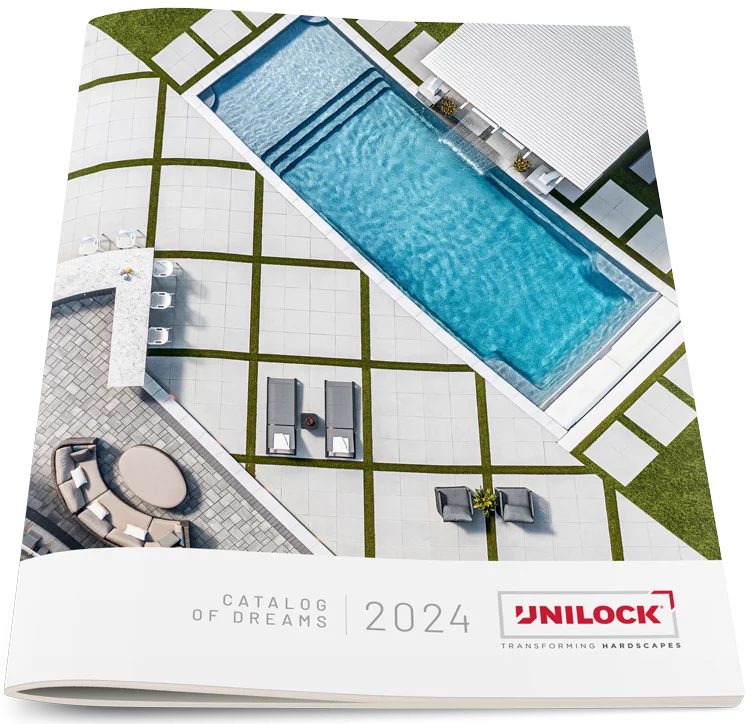
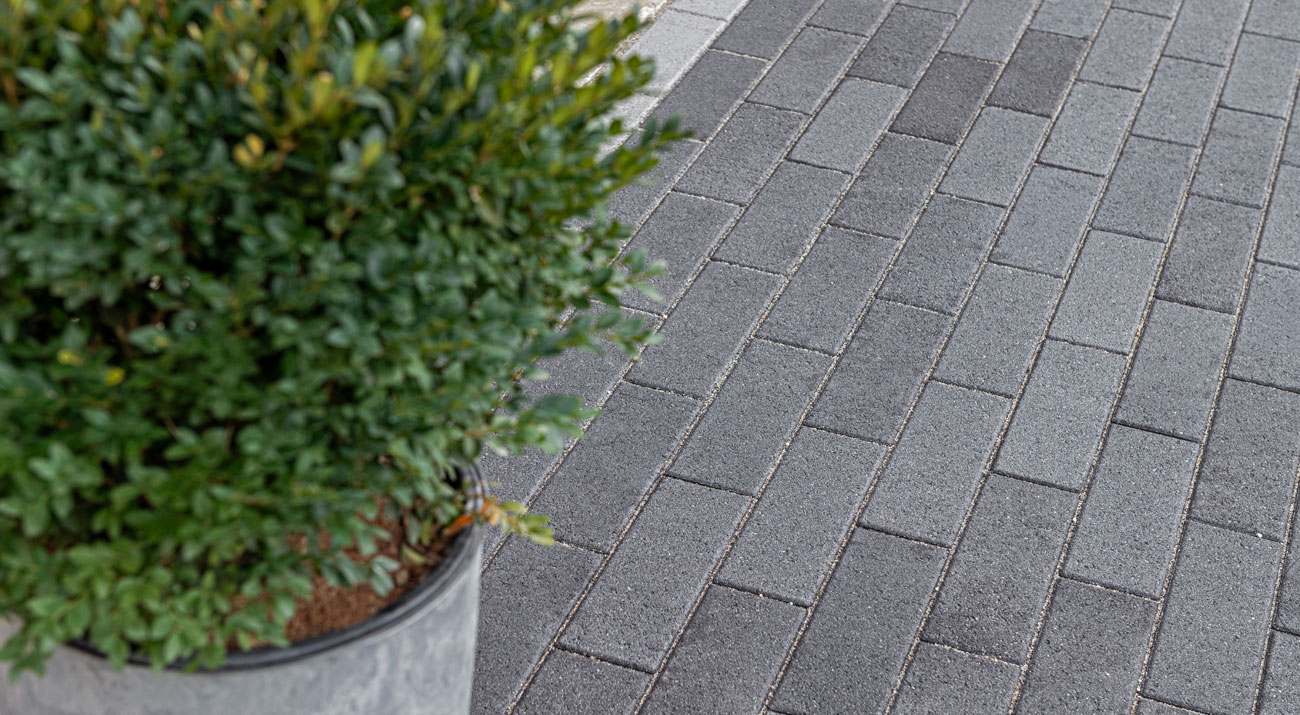
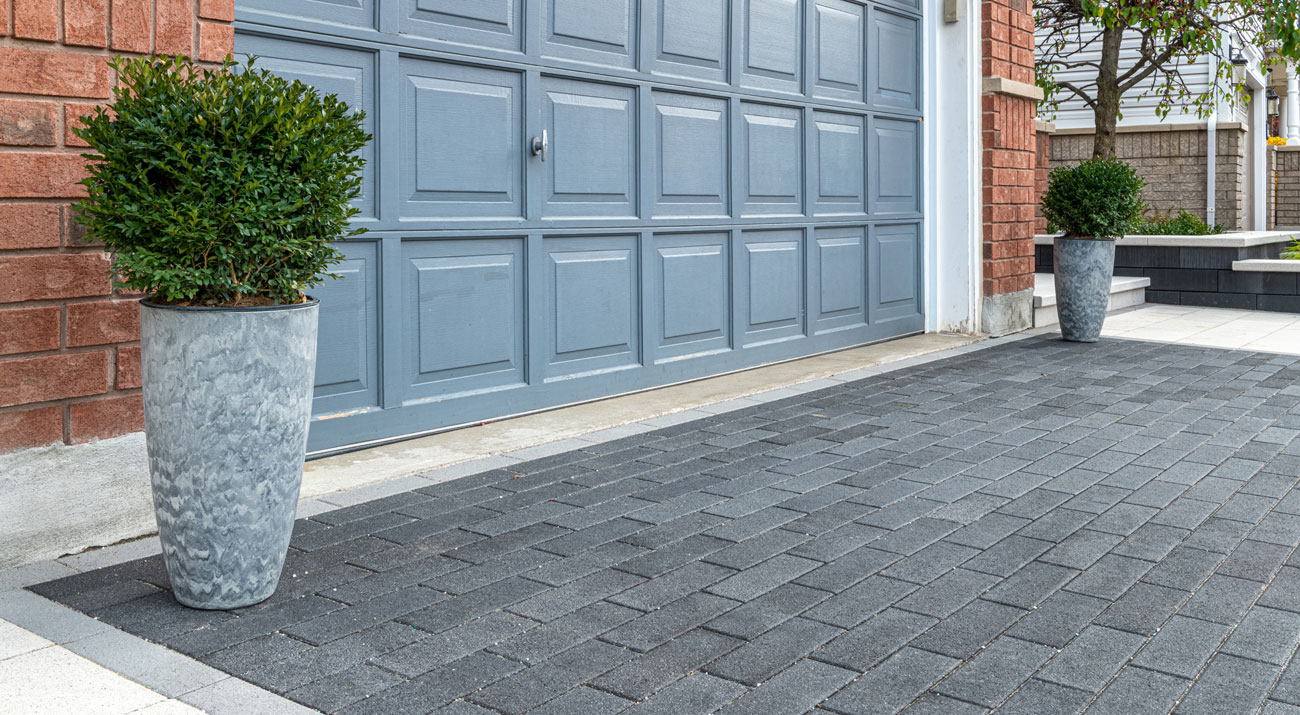
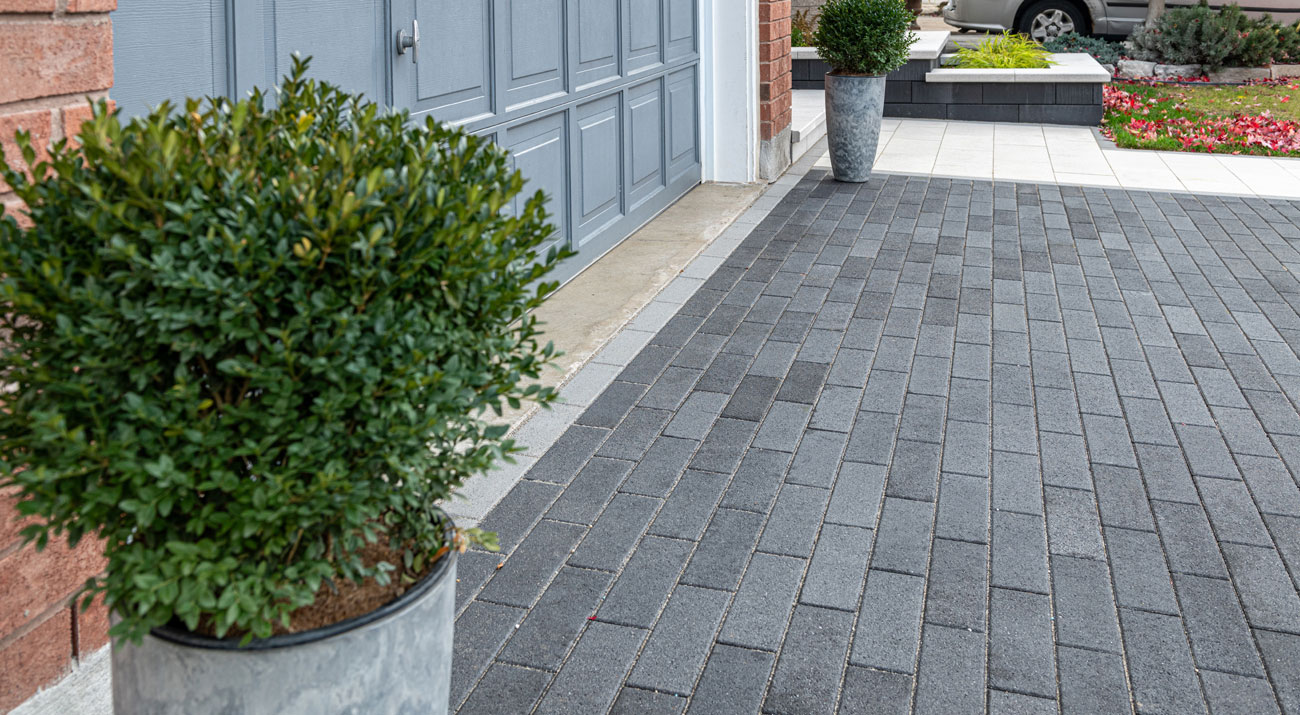
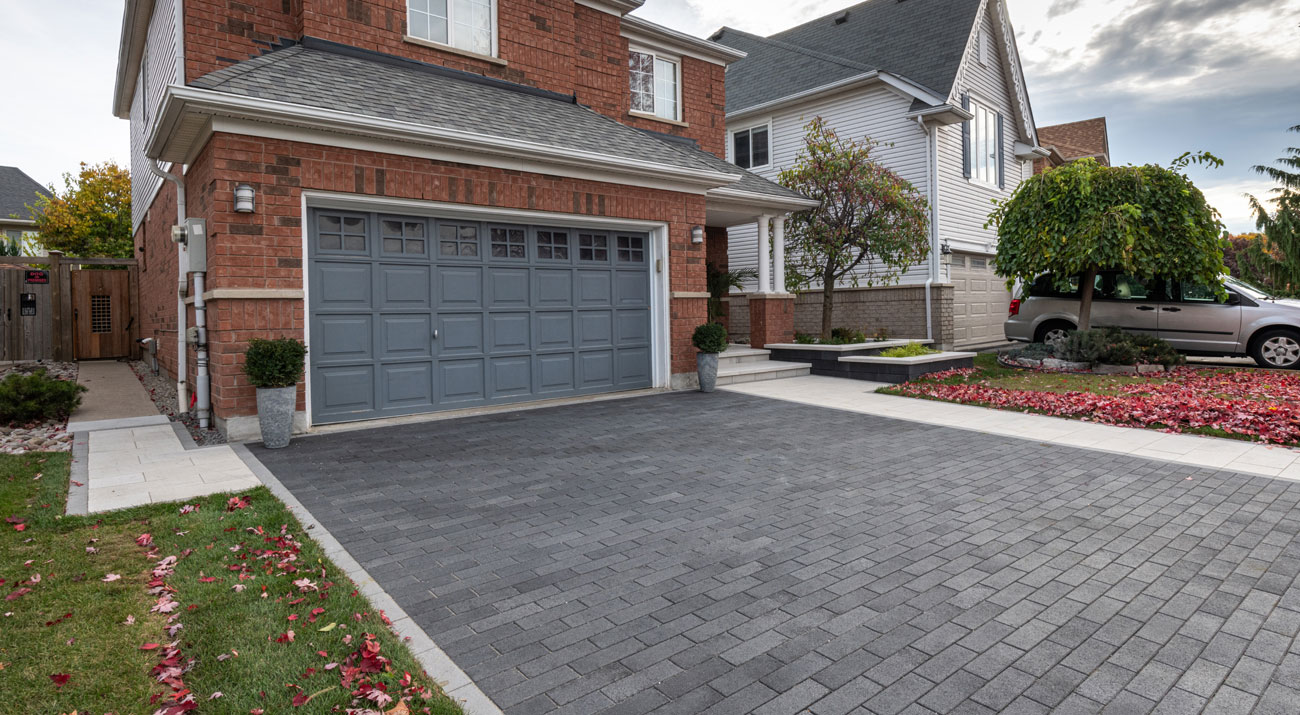
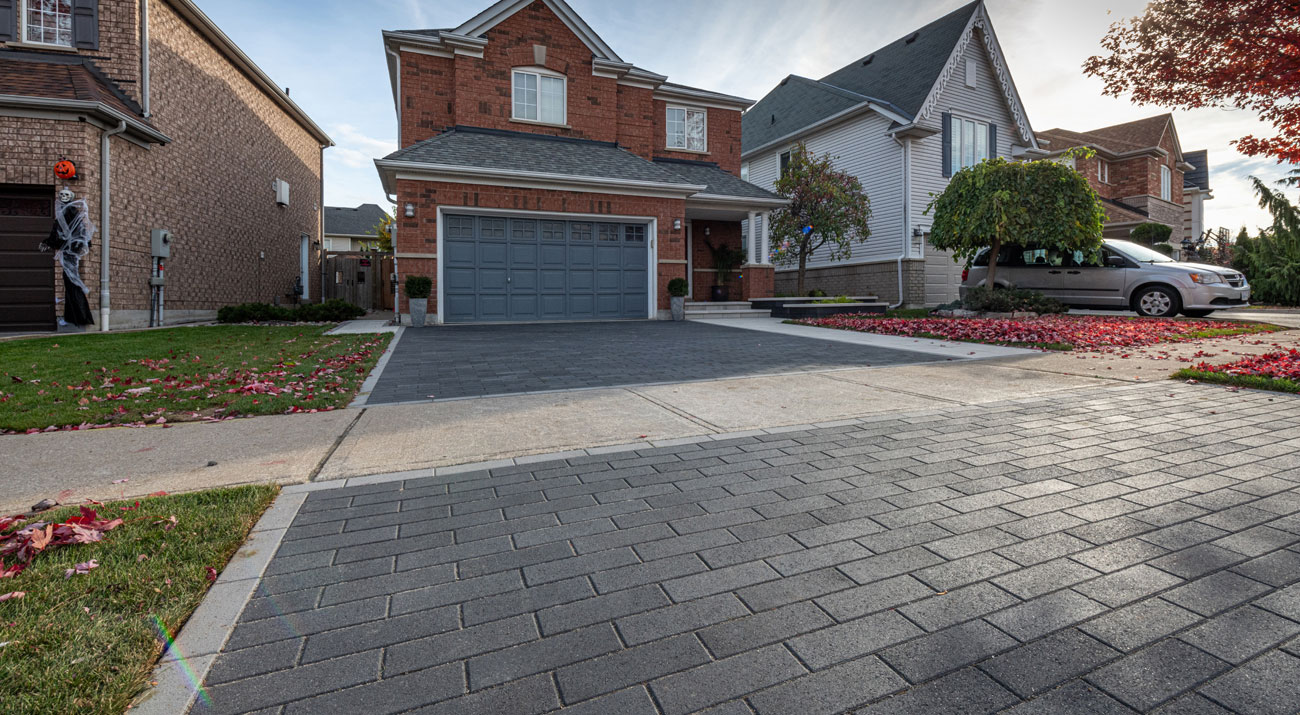
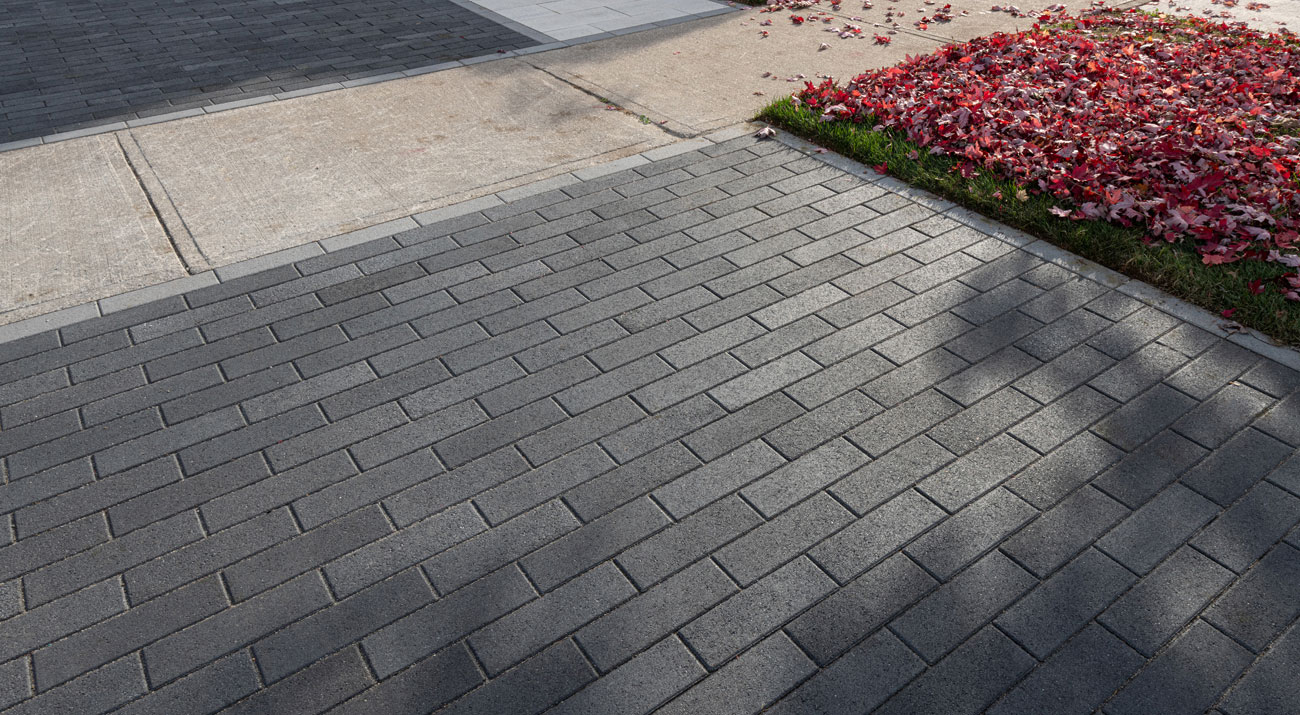
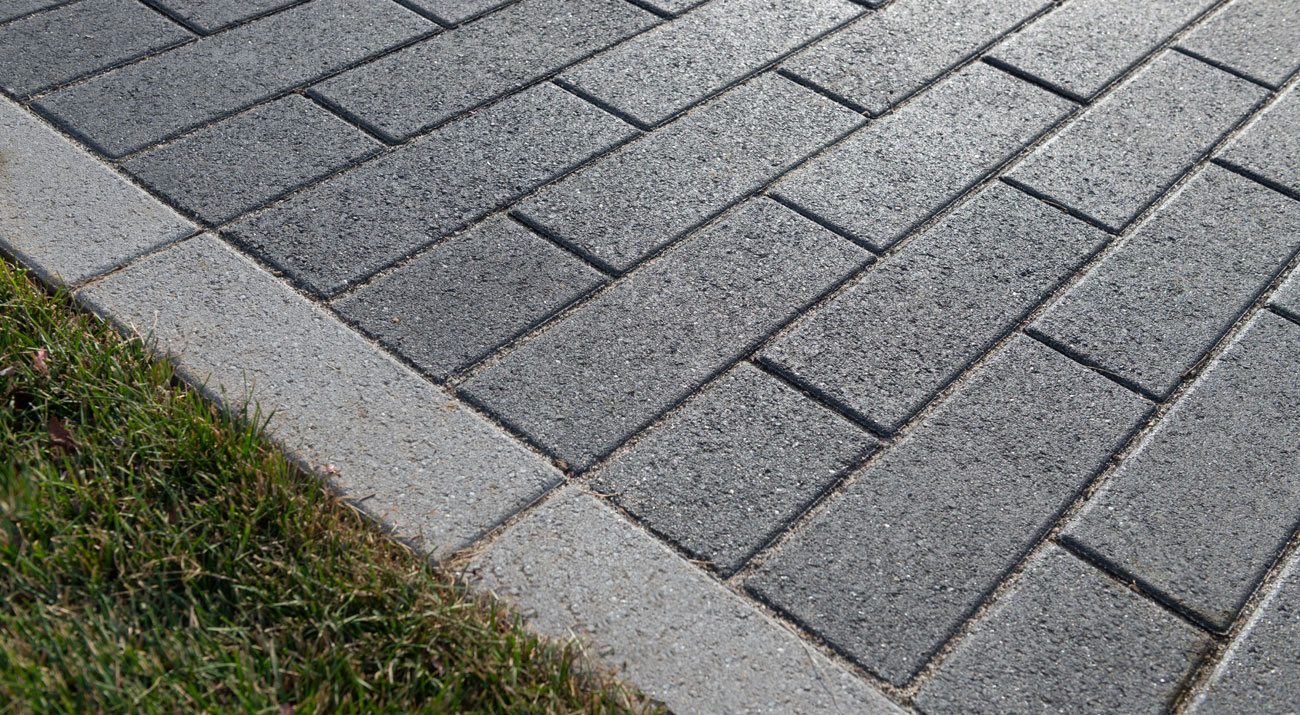

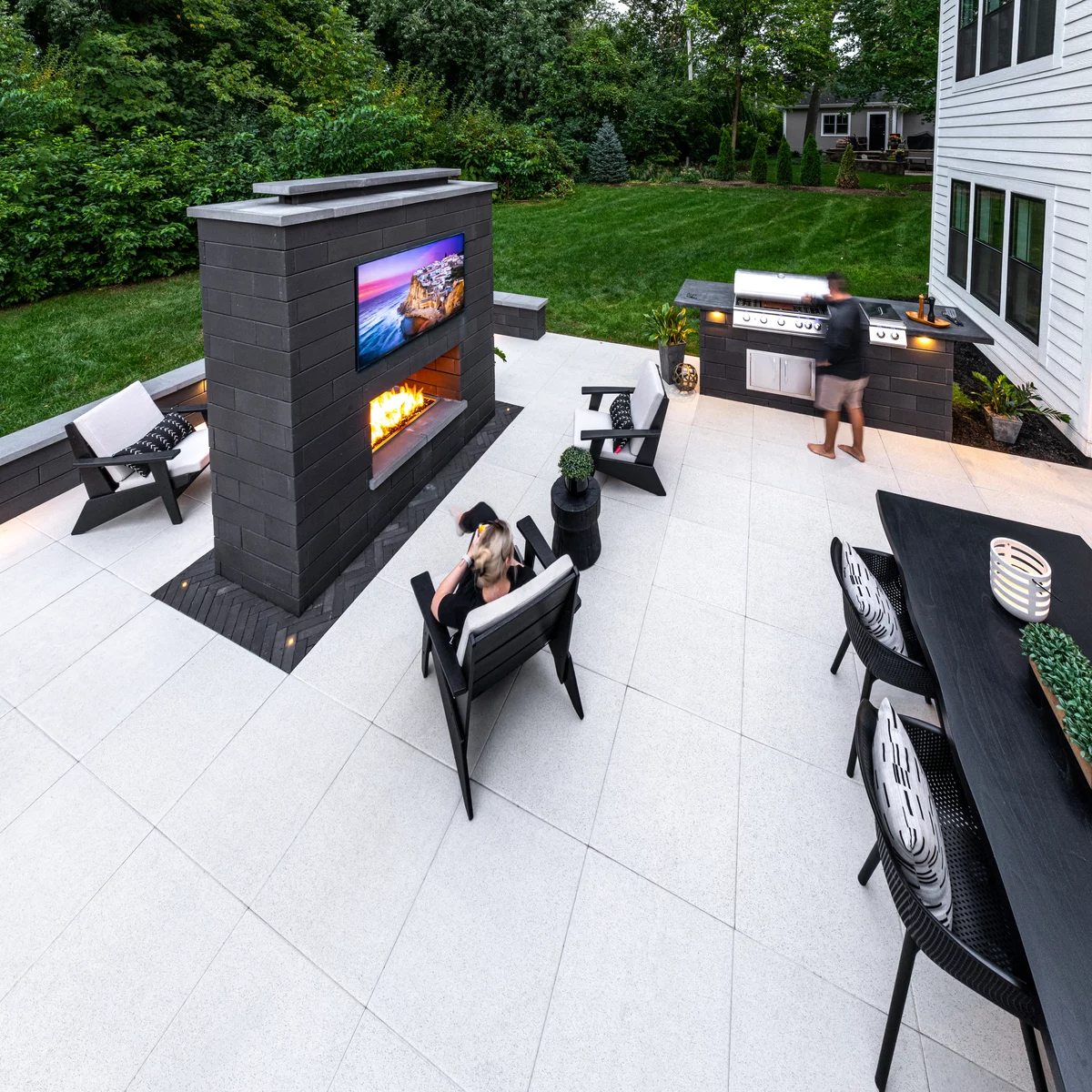
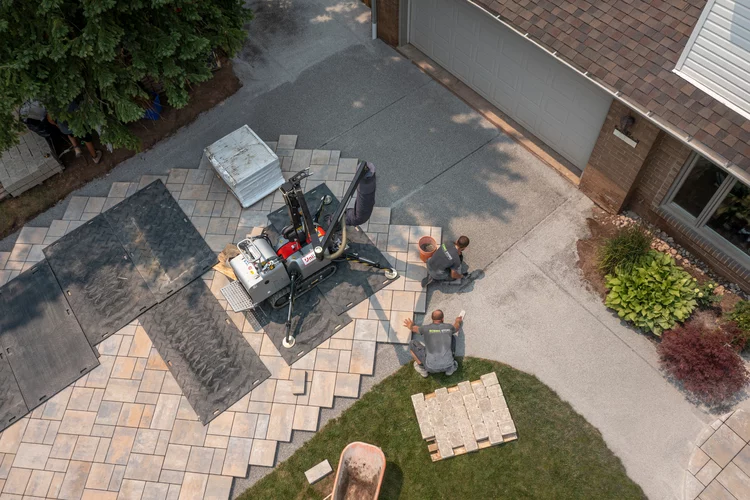
 Download PDF
Download PDF